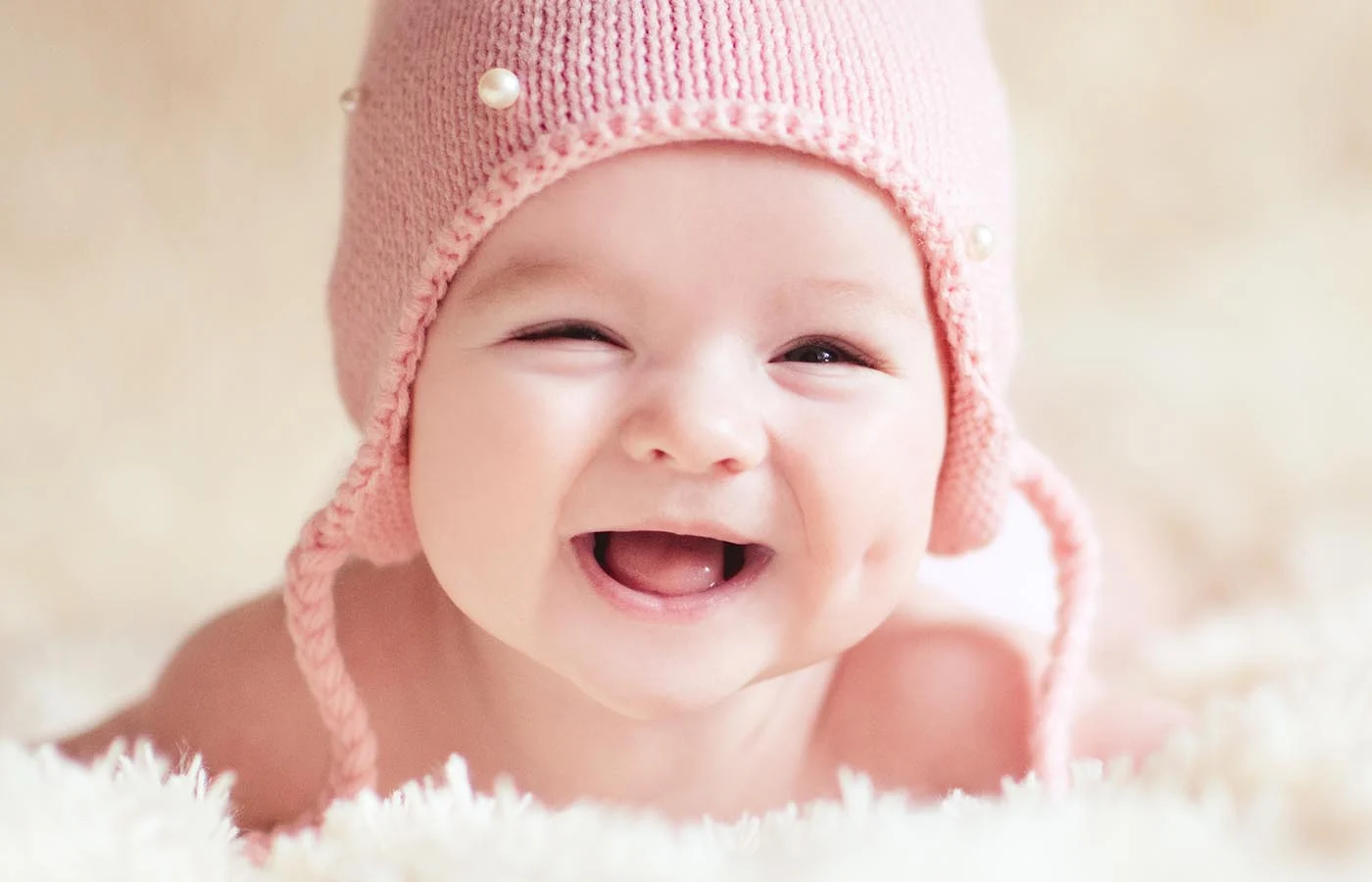Your cart is currently empty!
Why “Free to Be…You and Me” Remains a Pivotal Album for Today’s Youth
In 1972, a wave of progressive change swept across the United States. Title IX was enacted, ensuring educational equality regardless of gender; Ms. magazine launched, championing women’s issues; and Marlo Thomas, alongside a star-studded cast, produced the groundbreaking album Free to Be…You and Me. This innovative collection of songs, aimed at children, tackled themes of gender stereotypes, equality, and acceptance. Who among us didn’t enthusiastically sing along to the poignant anti-bullying anthem “William’s Doll” or the heartfelt “It’s Alright to Cry” while riding in the back of a familial station wagon?
Thomas was inspired to create Free to Be…You and Me after searching for a bedtime storybook for her niece, only to find options that perpetuated outdated gender norms. Determined to challenge these conventions, she enlisted the help of talented colleagues, including Mel Brooks and Diana Ross, ultimately leading to an album that left an indelible mark on countless childhoods.
While some modern parents may favor newer children’s albums, the timeless lessons and catchy melodies of Free to Be…You and Me remain as relevant today as they were in the ’70s. For instance, the title track serves as a powerful encouragement for children to embrace their individuality. With lyrics like “Take my hand, come with me, where the children are free,” it echoes the inclusive sentiments found in other popular songs of the era.
Another standout track, “Boy Meets Girl,” features a humorous exchange between Mel Brooks and Marlo Thomas, exploring the confusion surrounding gender identity through the lens of childlike logic. The song tackles stereotypes while also making us laugh. Similarly, “When We Grow Up” touches on children’s fears about the future and the changes adulthood may bring, emphasizing the importance of maintaining friendships despite those transitions.
The album also challenges conventional views on gender roles through songs like “Don’t Dress Your Cat in an Apron,” which promotes personal expression in fashion, and “Parents Are People,” a tune that humanizes parents by highlighting their lives beyond parenting. Carol Channing’s reading of “Housework” reveals the reality behind household duties, while “Helping” humorously critiques the kind of assistance that is genuinely beneficial.
Tracks like “It’s All Right to Cry” and “William’s Doll” resonate deeply in their advocacy for emotional expression and non-traditional interests in children, regardless of gender. The narrative of Atalanta, a princess who forges her own path, reinforces the idea that happiness is not solely tied to marriage, a message that feels increasingly contemporary.
Even the eerie critique of gender essentialism in the song “Girl Land” sends a strong message about the limitations imposed by societal norms. The album’s closing track, “Glad to Have a Friend Like You,” encapsulates the spirit of camaraderie and acceptance, reminding listeners that it’s perfectly okay to be themselves.
In revisiting Free to Be…You and Me, it’s evident that the album serves as both a catchy musical experience and a profound lesson in gender politics, all presented within a mere 45 minutes. Many of us might have absorbed these essential messages subconsciously during our childhood, but they are just as crucial for the younger generation today. It’s imperative that every child experiences the exuberance of the title track at least once.
For those interested in further discussions about parenting and family dynamics, our blog on home insemination kits provides valuable insights. You can also find expert resources on pregnancy and home insemination at CCRM IVF.
In summary, Free to Be…You and Me is not just a nostalgic relic but a timeless educational tool that champions individuality, emotional expression, and the breaking down of gender barriers, making it essential listening for today’s youth.
